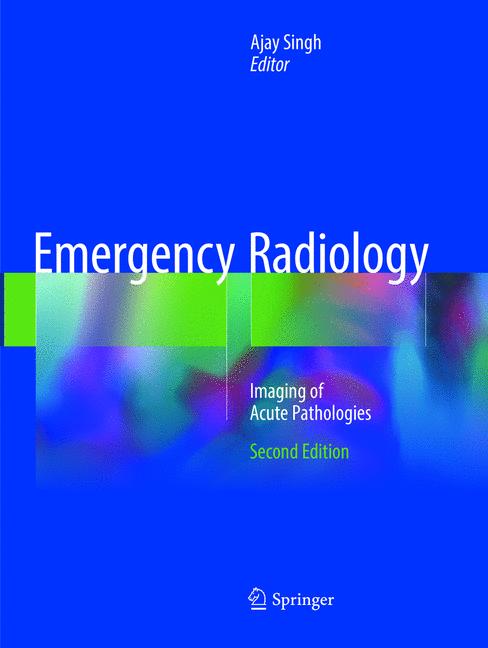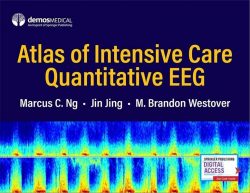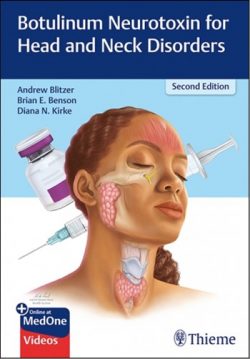In the emergency and trauma setting, accurate and consistent interpretation of imaging studies are critical to the care of acutely ill and injured patients. This book offers a comprehensive review of acute pathologies commonly encountered in the emergency room as diagnosed by radiologic imaging. It is organized by anatomical sections that present the primary ER imaging areas of the acute abdomen, pelvis, thorax, neck, head, brain and spine, and osseous structures. For each section, the common diagnoses are concisely described and are accompanied by relevant clinical facts and key teaching points that emphasize the importance of radiologic interpretation in clinical patient management. The role of modalities such as plain radiography, computed tomography, ultrasound, magnetic resonance imaging, and nuclear medicine imaging in managing emergency conditions is highlighted. The Second Edition is thoroughly updated and includes over 400 images and multiple choice questions in each chapter. Emphasizing the core concepts in emergency radiology, this book is a valuable resource for radiologists, residents, and fellows. Organized in sections covering the acute abdomen, pelvis, thorax, neck, brian/spine, and osseous structures, this book reviews radiological diagnoses commonly encountered by emergency room radiologists. Includes relevant clinical facts, and cross-references.
“The book is aimed primarily at radiology residents, with the information of use to practitioners as well. It is appropriate for its target audience as it provides high-yield cases frequently encountered in clinical practice. Chapters are based primarily on different organ systems, with a few based on imaging modality. This keeps chapters short and readers engaged. … With its succinct presentation of information, it serves well as a quick review/consult book for residents.” (Daniel Hynes, Doody’s Book Reviews, April, 2018)
Ajay Singh, MD
Associate Director
Division of Emergency Radiology
Department of Radiology
Program Director
Emergency Radiology Fellowship
Massachusetts General Hospital and Harvard Medical School
Boston, MA, USA
In the emergency and trauma setting, accurate and consistent interpretation of imaging studies are critical to the care of acutely ill and injured patients. This book offers a comprehensive review of acute pathologies commonly encountered in the emergency room as diagnosed by radiologic imaging. It is organized by anatomical sections that present the primary ER imaging areas of the acute abdomen, pelvis, thorax, neck, head, brain and spine, and osseous structures. For each section, the common diagnoses are concisely described and are accompanied by relevant clinical facts and key teaching points that emphasize the importance of radiologic interpretation in clinical patient management. The role of modalities such as plain radiography, computed tomography, ultrasound, magnetic resonance imaging, and nuclear medicine imaging in managing emergency conditions is highlighted. The Second Edition is thoroughly updated and includes over 400 images and multiple choice questions in each chapter. Emphasizing the core concepts in emergency radiology, this book is a valuable resource for radiologists, residents, and fellows.
Offers a comprehensive review of acute pathologies commonly encountered in the emergency room as diagnosed by radiologic imaging
Covers all primary emergency imaging areas, including acute abdomen, pelvis, thorax, neck, head, brain and spine, and osseous structures
Presents clinical facts and key teaching points that emphasize the importance of radiologic interpretation in clinical patient management
Describes the role of modalities such as plain radiography, computed tomography, ultrasound, magnetic resonance imaging, and nuclear medicine imaging in managing emergency conditions
Offers a comprehensive review of acute pathologies commonly encountered in the emergency room as diagnosed by radiologic imaging
Covers all primary emergency imaging areas, including acute abdomen, pelvis, thorax, neck, head, brain and spine, and osseous structures
Presents clinical facts and key teaching points that emphasize the importance of radiologic interpretation in clinical patient management
Describes the role of modalities such as plain radiography, computed tomography, ultrasound, magnetic resonance imaging, and nuclear medicine imaging in managing emergency conditions





